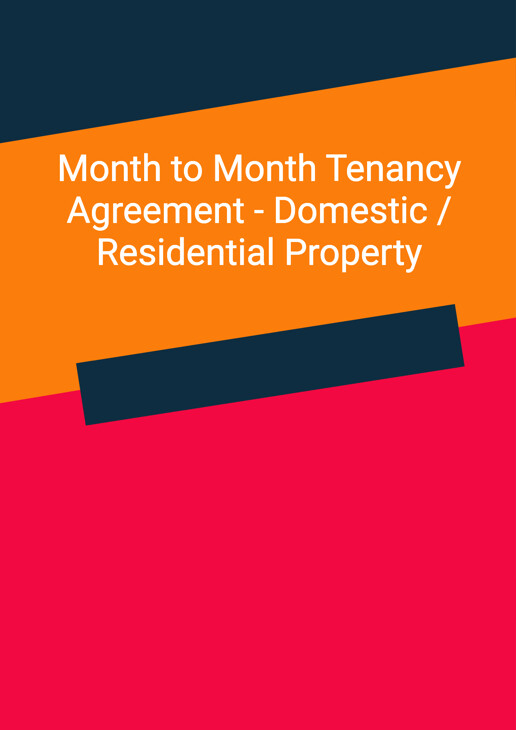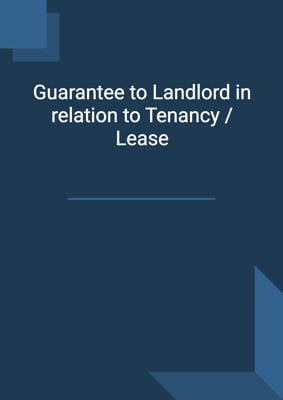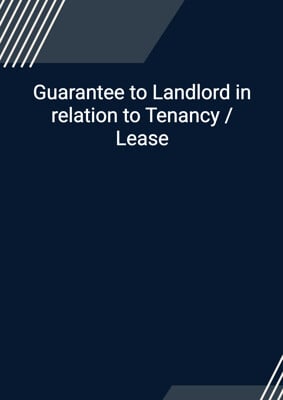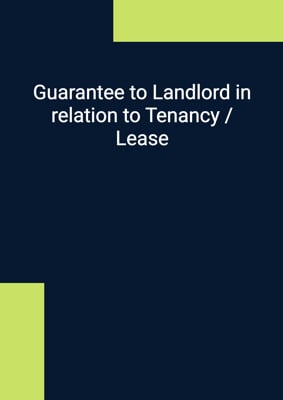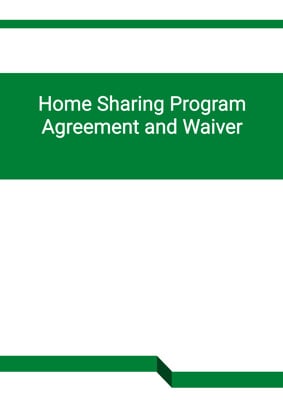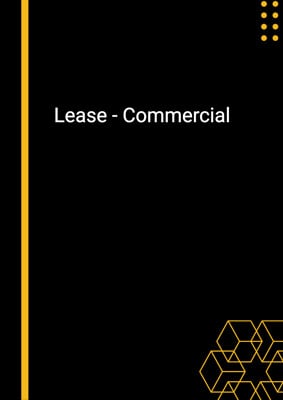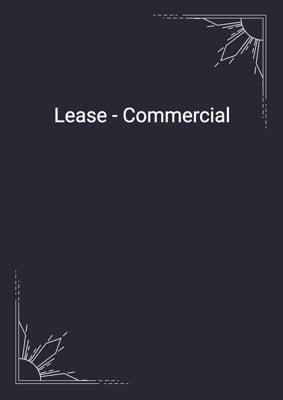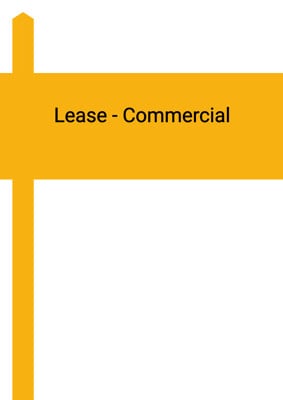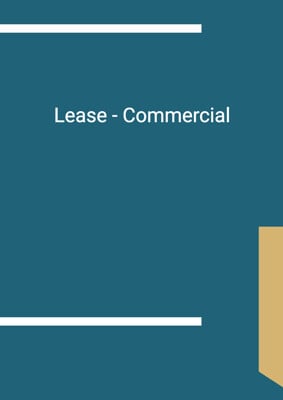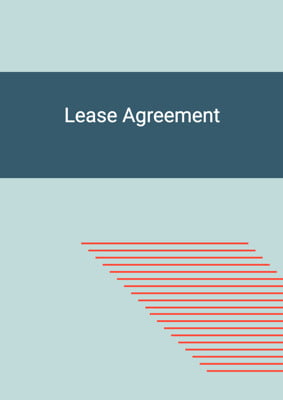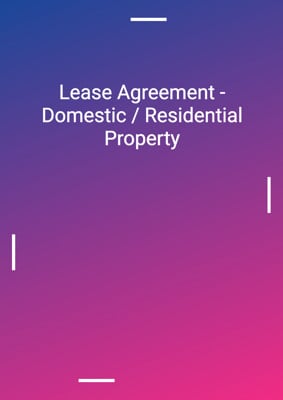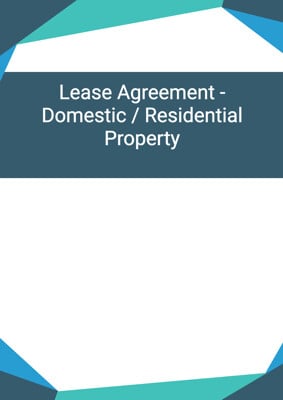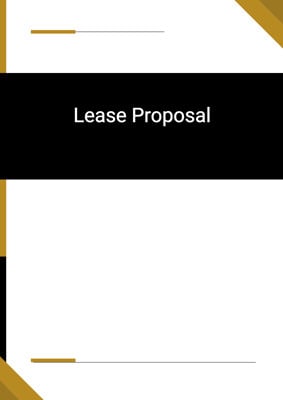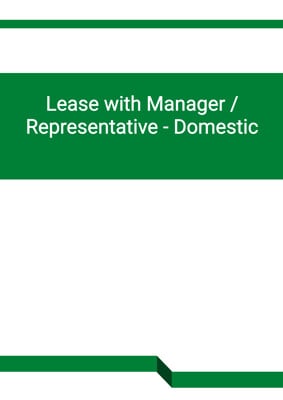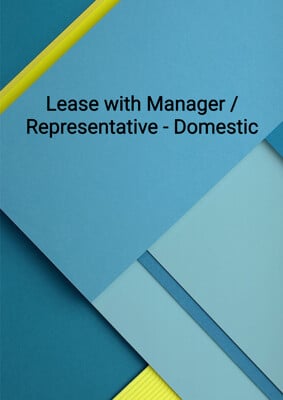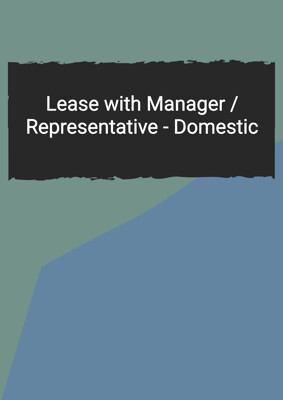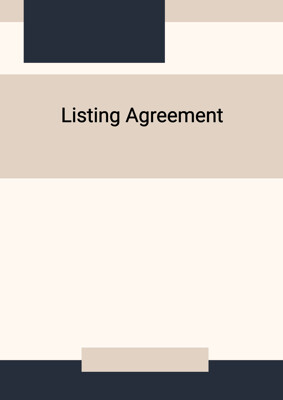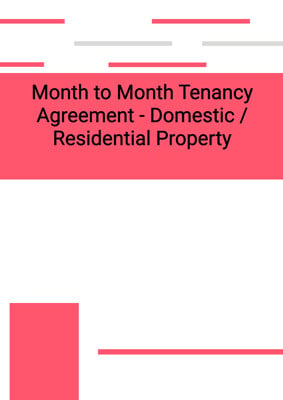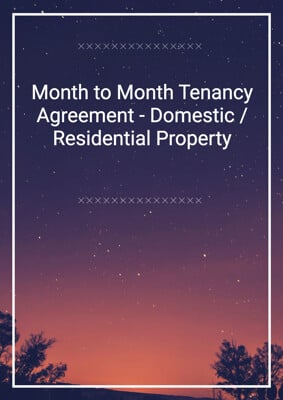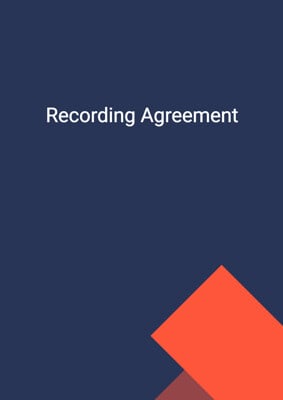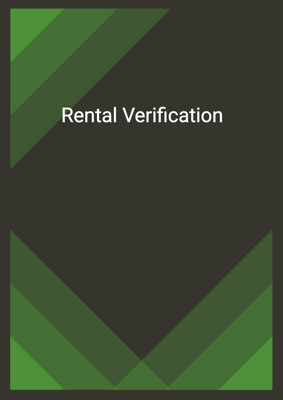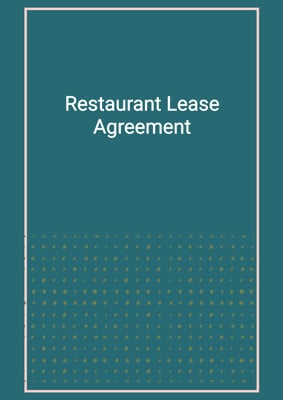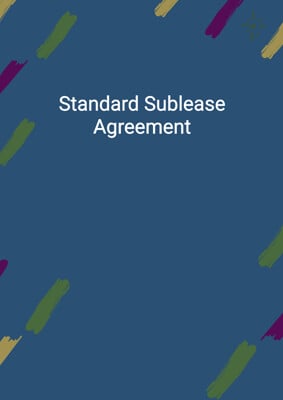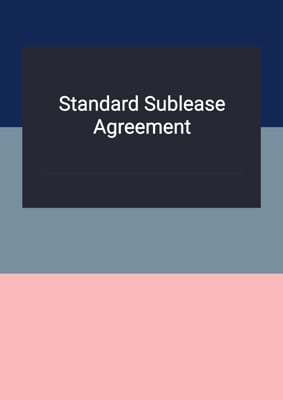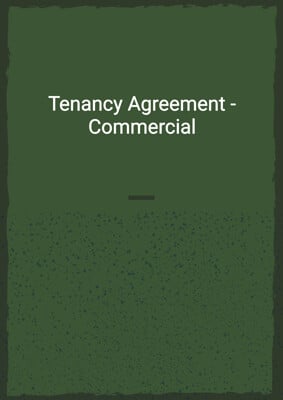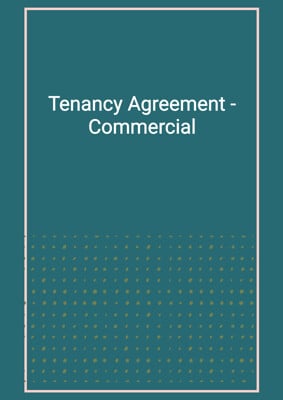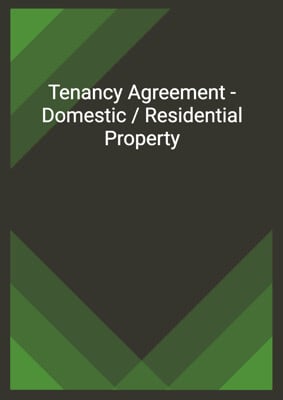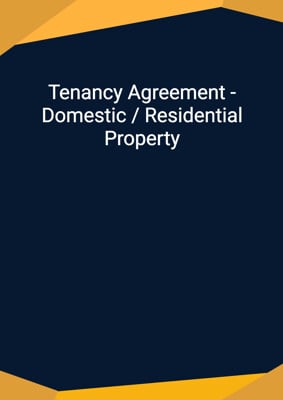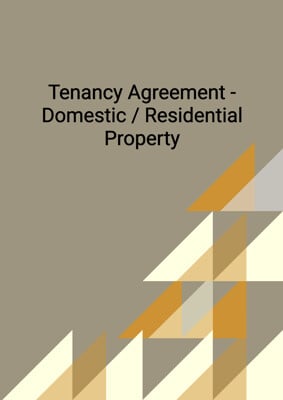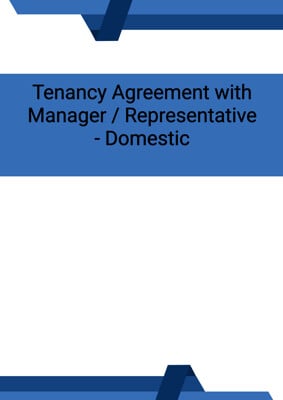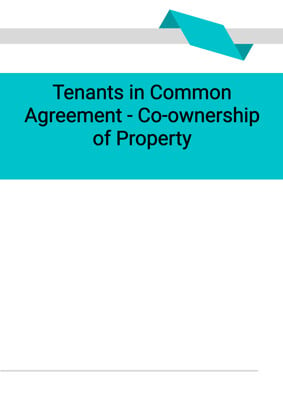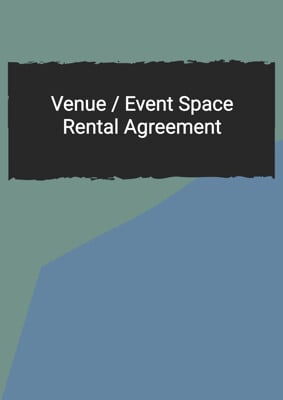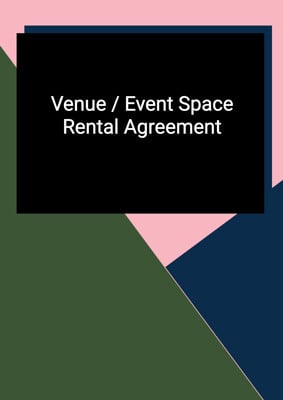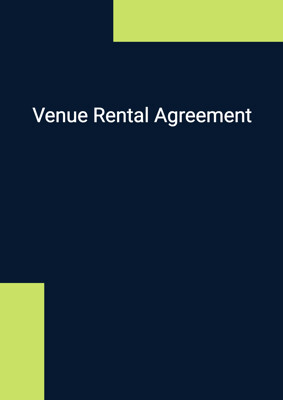How to Tailor the Document for Your Need?
01
Create Document
Fill in the details of the parties. You can click the "Fill with Member’s Information" button to complete it with information saved to your account.
02
Fill Information
Please fill in any additional information by following the step-by-step guide on the left hand side of the preview document and click the "Next" button.
03
Get Document
When you are done, click the "Get Document" button and you can download the document in Word or PDF format.
04
Review Document
Please get all parties to review the document carefully and make any final modifications to ensure that the details are correct before signing the document.
Document Preview
Document Description
The Month to Month Tenancy Agreement - Domestic / Residential Property is a legal document that outlines the terms and conditions of a rental agreement between a landlord and a tenant. This agreement is important as it establishes the rights and responsibilities of both parties and ensures a smooth and fair rental experience.
The entire document consists of several sections that cover various aspects of the tenancy agreement. The first section is the introduction, which includes the names and addresses of both the landlord and the tenant. It also states the purpose of the agreement and the agreement to observe and perform the terms and conditions.
The second section is about the tenancy itself. It specifies the premises that are being leased and the condition in which they should be maintained. It also mentions the total area of the premises.
The third section deals with the term of the tenancy. It states that the agreement will commence on a specific date and continue on a month-to-month basis until terminated by either party with a thirty-day written notice. It also mentions the landlord's right to take back the premises on termination.
The fourth section covers the rent. It states the amount of rent, the currency in which it should be paid, and the frequency of payment. It also mentions that the tenant is responsible for paying the charges for water, electricity, gas, telephone, and other outgoings.
The fifth section is about the deposit. It states the amount of the deposit and the time frame within which it should be paid. It also mentions the conditions under which the deposit may be retained by the landlord.
The sixth section outlines the responsibilities of the landlord, including ensuring the legality of the premises, renovating the property before the tenancy, and maintaining the structural parts of the premises.
The seventh section outlines the responsibilities of the tenant, including paying rent and other charges, keeping the premises in good repair, and indemnifying the landlord for any loss or damage caused by the tenant or their associates.
The eighth section covers the termination of the tenancy. It states the conditions under which the landlord can terminate the agreement and the obligations of the tenant upon termination.
The ninth section includes various conditions of the premises, such as the acceptance of the premises as-is, the tenant's responsibility for repairs and damages, and the tenant's obligations regarding alterations and additions to the premises.
The tenth section lists various restrictions and prohibitions, including restrictions on alterations, noise, signs, and illegal or immoral use of the premises.
The eleventh section excludes the landlord's liability for certain events, such as malfunctions or breakdowns of utilities and fire or water damage.
The twelfth section includes miscellaneous provisions, such as the entire agreement clause, the severability clause, and the waiver clause.
The thirteenth section covers notices and service, specifying the methods and timings of serving notices.
The fourteenth section states that no rights under contracts for third parties are granted.
The fifteenth section deals with the law and jurisdiction governing the agreement, stating that it is governed by the laws of the applicable jurisdiction and that any disputes shall be resolved in the courts of that jurisdiction.
The schedule section includes a list of furniture and electrical appliances included in the rent, as well as any additional renovations agreed upon.
Overall, this tenancy agreement is a comprehensive document that covers all aspects of the landlord-tenant relationship and ensures a fair and transparent rental experience.
How to use this document?
1. Read the entire document carefully to understand the terms and conditions of the tenancy agreement.
2. Make sure to provide accurate information for both the landlord and the tenant, including their names and addresses.
3. Specify the premises that are being leased, including any furniture, fixtures, fittings, and equipment included.
4. Clearly state the term of the tenancy, including the commencement date and the notice period for termination.
5. Specify the rent amount, currency, and payment frequency. Also, mention any additional charges that the tenant is responsible for.
6. Discuss and agree upon the amount of the deposit and the conditions under which it may be retained by the landlord.
7. Clarify the responsibilities of both the landlord and the tenant, including maintenance, repairs, and payment of utilities.
8. Include any additional conditions or restrictions that are relevant to the tenancy agreement.
9. Make sure to comply with all applicable laws and regulations, including obtaining any necessary permits or licenses.
10. Keep a copy of the signed agreement for your records and provide a copy to the other party.
11. In case of any disputes or issues, try to resolve them amicably and in good faith. If necessary, seek legal advice or mediation.
12. Review and update the agreement as needed to reflect any changes in the tenancy or legal requirements.
Not the right document?
Don’t worry, we have thousands of documents for you to choose from:
